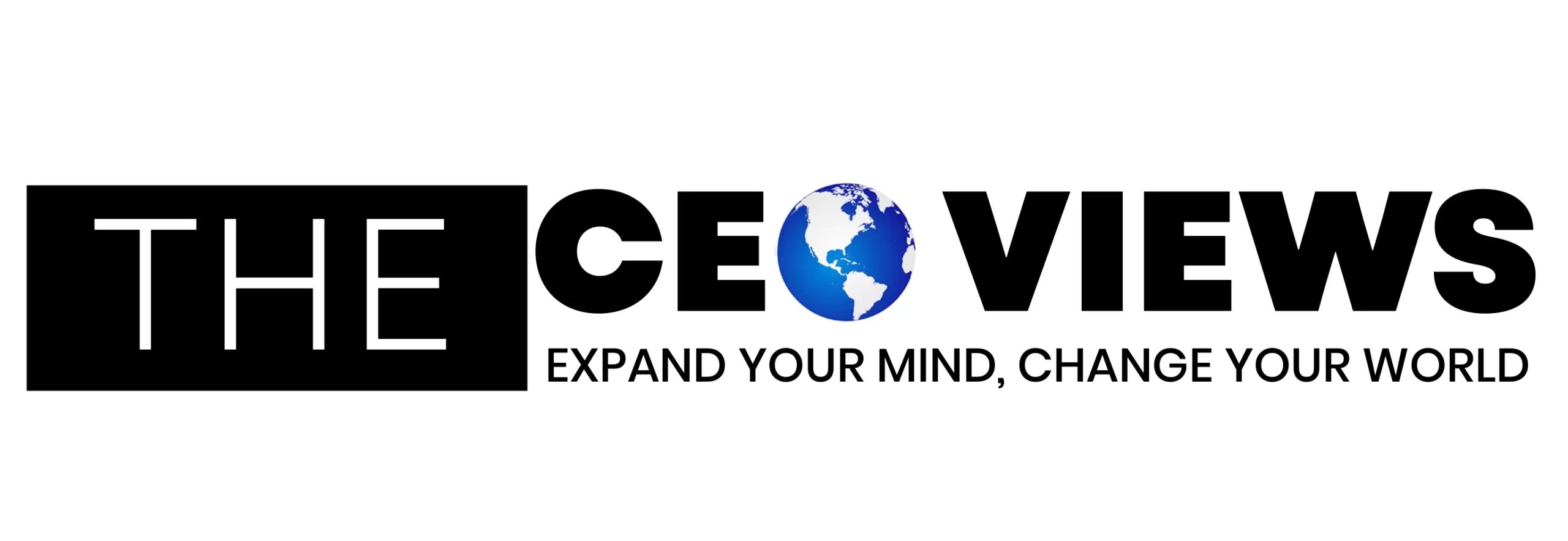Loyalty in 2025 is not about punch cards. It has nothing to do with points buried in an app you never open. It is about the technology stacks that help brands deliver transparent and engaging loyalty experiences through Web3. Instead of each company building its own closed-off rewards program, brands employ Web3 loyalty platforms that provide tokenization, NFT rewards, digital wallets, and interoperability across industries. Is it something that you are looking for? Here are the platforms leading the way.
Enable3
Enable3 is one of the most user-friendly Web3 loyalty platforms. Its biggest strength is simplicity. Brands do not need to reinvent the wheel or build custom blockchain infrastructure. Enable3 provides the tools to create tokenized rewards, NFT perks, and cross-brand reward ecosystems in just a few steps. There is an easy wallet setup for customers who are new to Web3. Rewards that are transferable, tradable, and interoperable.
The focus of this Web3 loyalty platform is on companies running mobile apps, ones that want to modernize loyalty without confusing their audience. Dating apps, social media apps, health/ fitness apps, and finance mobile solutions are all covered in their scope. Enable3 is positioning itself as the go-to loyalty platform for businesses that want to be in Web3 without making customers feel like they are in a crypto classroom.
Polygon
Polygon is not just a blockchain network. It is becoming a preferred loyalty infrastructure platform. Thanks to its scalability and low transaction costs, many loyalty startups and enterprises are choosing Polygon as their backbone.
Polygon enables brands to build their own loyalty ecosystems while still being part of a larger network. That means tokens earned at one brand could be used at another. This approach breaks the silos that plague traditional loyalty. You can expect Polygon-powered loyalty solutions to show up everywhere. Retail, travel, entertainment, and sports are already using the solution.
Bakkt
Bakkt has been in the digital asset game for a while. Now, it is moving to the Web3 loyalty side. The solution allows customers to earn, store, and spend rewards as digital assets. It blends traditional points with crypto and NFTs.
What makes Bakkt powerful is its enterprise partnerships. Banks, airlines, and retailers can integrate Web3 features without building from scratch. That “plug-and-play” approach is making Bakkt a serious player for brands that want to modernize quickly. For consumers, Bakkt makes rewards feel more liquid and useful. It offers more options than just “cash back” or “airline miles.”
Socios.com
Socios.com is known first in the sports world. However, it has grown into a loyalty and engagement platform that any brand can learn from. At its core, it issues fan tokens that give holders access to exclusive content, voting rights, and experiences.
While Socios started with football clubs in 2025, it is expanding its tech stack into a platform for loyalty and community engagement across other industries. Its model is proof that loyalty is not just about rewards. It is about creating a participatory community. Brands looking to gamify engagement or empower customers with decision-making tools will find it a strong platform to watch.
Ledger
Ledger is best known for crypto hardware wallets. However, in 2025, Ledger Enterprise is carving a niche as a secure Web3 loyalty platform. For big brands worried about security, compliance, and large-scale reward tokenization, Ledger is a trusted choice.
Its strengths include enterprise-grade custody for loyalty tokens/NFTs. Seamless customer experiences are on track, while compliance is kept in check. On top of that, the solution guarantees a security-first approach.
Why These Platforms Stand Out
There are so many players experimenting in the Web3 loyalty space. Why do we highlight the above solutions? The answer is simple. They are building scalable, practical platforms that solve real problems for both businesses and customers.
- They make rewards feel like assets — Customers do not just collect points. They hold digital assets they can use, gift, trade, or even resell. That shift from “locked-in points” to “liquid assets” is a game-changer for engagement.
- They break down loyalty silos — Loyalty stops being brand-specific and becomes part of a larger ecosystem. That means your loyalty journey can span industries. That kind of flexibility makes rewards far more valuable.
- They focus on community — Instead of just rewarding purchases, these platforms reward participation and engagement. This builds stronger, longer-lasting relationships.
- They balance simplicity with innovation — brands can integrate without massive tech overhauls. This balance of cutting-edge innovation with user-friendliness is critical if Web3 loyalty is going to go mainstream.
- They build trust through transparency and security — Security and compliance can coexist with innovation. Make transparency and safety a baseline feature. These platforms are tackling two of the biggest weaknesses of traditional loyalty programs.
Final Say!
The loyalty conversation has shifted. It is not about single loyalty programs like Starbucks or Nike. It is about platforms that enable thousands of brands to rethink how they engage customers. Together, they are shaping a future where loyalty is portable, rewarding, and actually fun. And that is the key takeaway. In Web3, loyalty platforms do not just reward purchases. They reward participation, ownership, and community.










